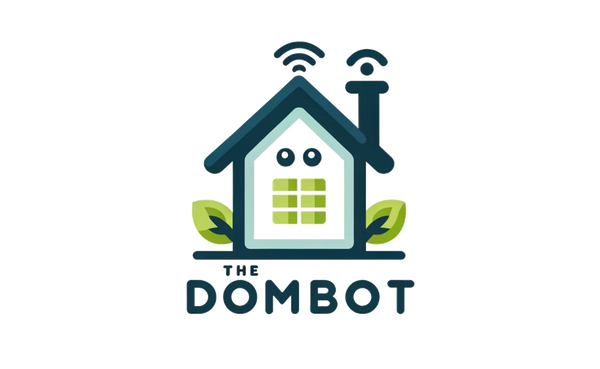Collection: Raspberry Pi 3: Build Your Own Smart Home with Home Assistant
The Raspberry Pi 3: Your Home Assistant's New Best Friend (and Maybe Even Your Own)
Hey there, tech-savvy homebodies! Ready to ditch the clunky smart home hubs and embrace the open-source world of Home Assistant? Well, buckle up, because we're about to dive into the glorious world of the Raspberry Pi 3 and how it can transform your home into a tech-savvy haven.
Why the Raspberry Pi 3 is the Home Assistant MVP
Let's be real, you could probably build a robot with a Raspberry Pi 3. But for now, let's focus on its home assistant superpowers. Here's why this little board is the MVP of your smart home:
- It's ridiculously affordable: Seriously, you could buy a Raspberry Pi 3 for less than a fancy coffee. And trust me, your home assistant will be way more rewarding than a latte.
- It's surprisingly powerful: Don't let its size fool you. The Raspberry Pi 3 can handle all your smart home needs, from controlling your lights to monitoring your security system.
- It's incredibly customizable: With Home Assistant, you can tailor your smart home experience to your exact needs. Want to automate your coffee maker? No problem. Need to set up a complex lighting schedule? Piece of cake.
- It's open-source: This means you have access to a vast community of developers and users who are constantly creating new features and improvements. Plus, you can tinker with the code yourself if you're feeling adventurous.
Getting Started with Home Assistant on Raspberry Pi 3
Ready to turn your home into a tech-savvy wonderland? Here's a quick guide to get you started:
1. Gather Your Supplies
- Raspberry Pi 3: The heart of your home assistant operation. You can find them on Raspberry Pi's website or at most electronics retailers.
- Micro SD card: This will store your operating system and Home Assistant files. Get a card with at least 8GB of storage.
- Power supply: Make sure you get a 5V/2.5A power supply specifically designed for the Raspberry Pi 3.
- Ethernet cable or Wi-Fi adapter: You'll need to connect your Raspberry Pi to your network to access the internet and control your smart home devices.
- Optional: A keyboard, mouse, and monitor for initial setup. You can control Home Assistant remotely once it's set up.
2. Download the Home Assistant Image
Head over to the Home Assistant website and download the latest Raspberry Pi image. This image contains everything you need to get Home Assistant up and running.
3. Flash the Image to Your SD Card
You'll need a tool like Etcher to flash the Home Assistant image to your SD card. Follow the instructions on the Home Assistant website for a detailed guide.
4. Boot Up Your Raspberry Pi
Insert the SD card into your Raspberry Pi, connect it to your power supply, and connect it to your network via Ethernet or Wi-Fi. You should see a green light on the Raspberry Pi, indicating it's powered on.
5. Access Home Assistant
Once your Raspberry Pi is booted up, you can access Home Assistant by opening a web browser and navigating to the IP address of your Raspberry Pi. You can find the IP address by logging into your router's settings.
Home Assistant: The Future of Smart Homes
And there you have it! With a Raspberry Pi 3 and Home Assistant, you're ready to take control of your smart home like never before. From automating your lights and appliances to monitoring your security system, the possibilities are endless. So, what are you waiting for? Get your Raspberry Pi 3 and start building your dream smart home today!
